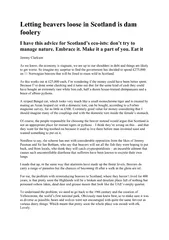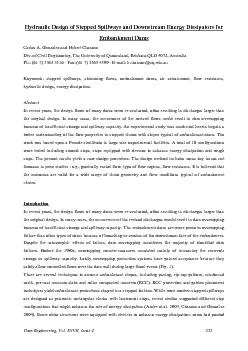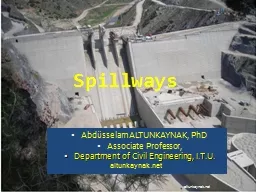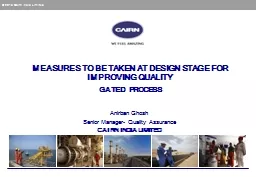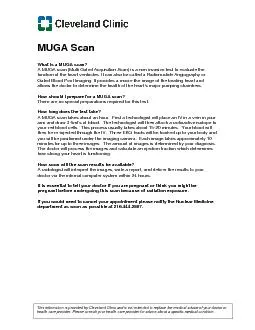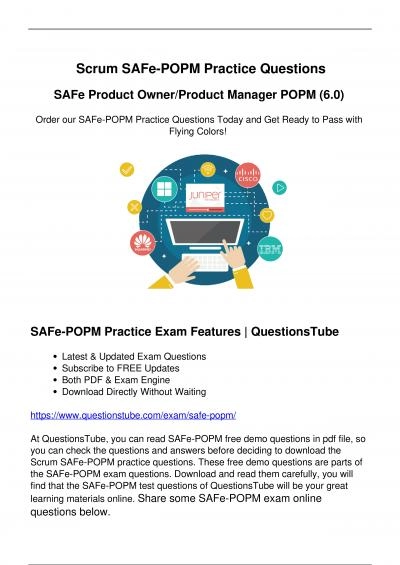PPT-Gated spillways - are they safe enough?
Author : calandra-battersby | Published Date : 2016-04-26
1 Bryan Leyland MSc FIEE FIMechE FIPENZ Leyland Consultants New Zealand Safety considerations Failures of large dams have drowned thousands of people The hydro
Presentation Embed Code
Download Presentation
Download Presentation The PPT/PDF document "Gated spillways - are they safe enough?" is the property of its rightful owner. Permission is granted to download and print the materials on this website for personal, non-commercial use only, and to display it on your personal computer provided you do not modify the materials and that you retain all copyright notices contained in the materials. By downloading content from our website, you accept the terms of this agreement.
Gated spillways - are they safe enough?: Transcript
Download Rules Of Document
"Gated spillways - are they safe enough?"The content belongs to its owner. You may download and print it for personal use, without modification, and keep all copyright notices. By downloading, you agree to these terms.
Related Documents




